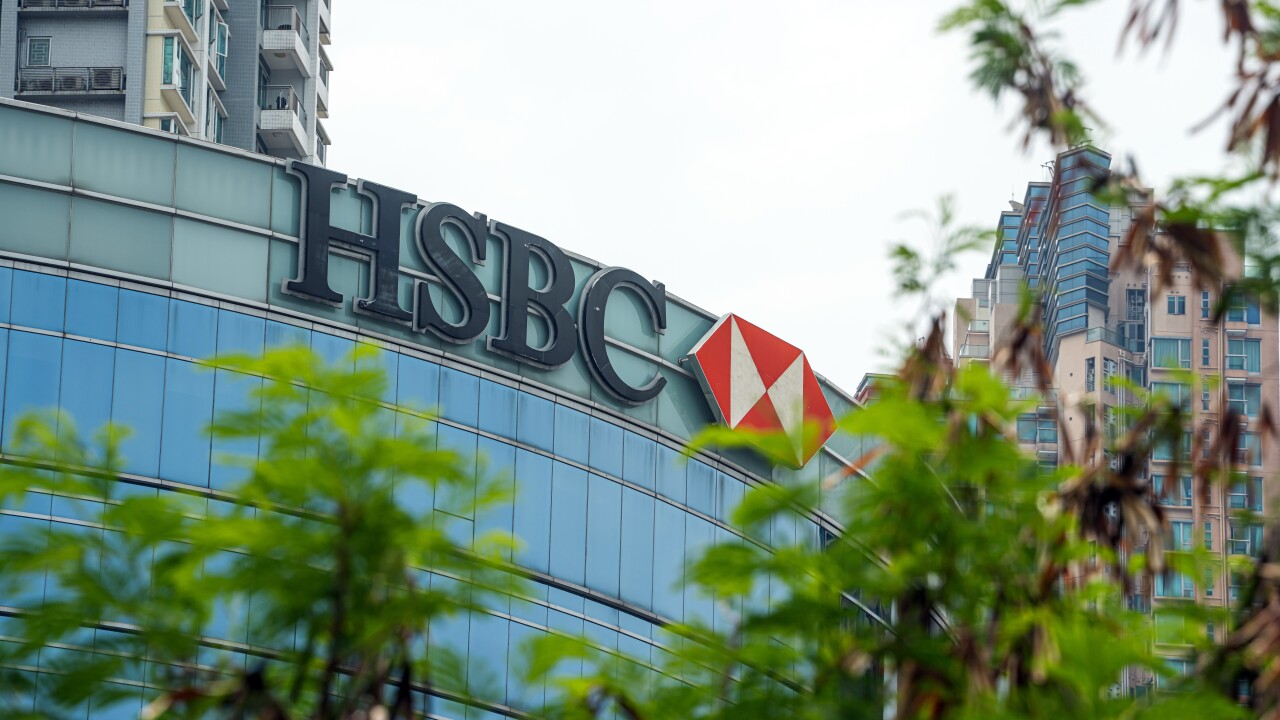JPMorgan Chase signaled that it’s full speed ahead with its move into new markets despite the threat to revenue growth posed by a looming Federal Reserve rate cut.
Chairman and CEO Jamie Dimon was blunt about the source of his confidence that the bank's expansion plan — which relies on heavy investments in new branches and digital technologies — remains affordable.
“Our capital cup runneth over,” Dimon said of the bank's excess capital, part of which stems from post-crisis regulatory mandates. “We’re really optimistic about our ability to somehow use our capital,” he told analysts on a conference call Tuesday to discuss second-quarter results.
Thus, JPMorgan will continue apace with its plan to
That expense increase aside, JPMorgan’s results were strong. Net income rose 16% to $9.7 billion on higher consumer lending and a one-time tax benefit. Total revenue increased 4% to $29.6 billion.
Still, the likelihood that the Fed will cut rates this year led JPMorgan to lower its forecast for net interest income by $500 million to $57.5 billion for the full year 2019.

The move “should not be surprising, given the changes to the rate environment,” said Jennifer Piepszak, who conducted
Mike Mayo, an analyst at Wells Fargo Securities, pointed out a number of warning signs in the economy and asked Dimon if those concerned him or could alter his spending plans.
“On the one hand you have the trade war, you have lower interest rates, you have capital markets which are down for the big banks, you have a lot of pessimism,” Mayo said.
Dimon responded that consumer demand remains strong and that justifies the bank’s expansion plans.
“Geopolitical tension is kind of a constant,” Dimon said. “The consumer in the United States is doing fine. The business sentiment is a little worse, mostly probably driven by the trade war.”
In interviews, experts debated whether JPMorgan's insistence on sticking with its expansion plan is wise.
The strategy makes sense, said Keith Buchanan, a portfolio manager at Globalt Investments in Atlanta, which has $1.6 billion in assets under management.
“We’ve seen a softening from a global perspective, but that’s very isolated from what’s happening in the U.S.,” Buchanan said. “All of the data that’s coming out of the U.S. has been positive, and it’s holding up a lot better than was expected.”
Buchanan pointed to U.S. retail sales, released on Tuesday,
Gerry Frigon, chief investment officer at Taylor Frigon Capital Management in San Luis Obispo, Calif., which has $225 million in assets under management, questioned the part of the expansion plan that involves new branches.
“They’re out of their minds to build so many branches when this country is already overbranched,” Frigon said. “Let’s face it, the younger generations don’t want to pay for the large bricks-and-mortar infrastructure that a bank is offering them."
Instead, younger generations prefer to conduct banking through digital channels, he said.
Frigon follows the banking sector but said his firm does not hold any bank shares right now. Buchanan declined to name any of his firm's holdings.
On the call with analysts, Dimon said JPMorgan must spend billions to keep up with fintech innovations.
“We are building the things that the future's going to want: APIs, blockchain ledgers that have much more data, real-time movement of money,” Dimon said, referring to application programming interfaces.
Dimon is making the right decision to keep up the massive tech investments, even if the bank’s net interest income falls as a result of the Fed’s rate cut, Buchanan said.
“They have to continue those plans,” Buchanan said. “Those long-term plans shouldn’t be swayed by the different dynamics of the yield curve.”





